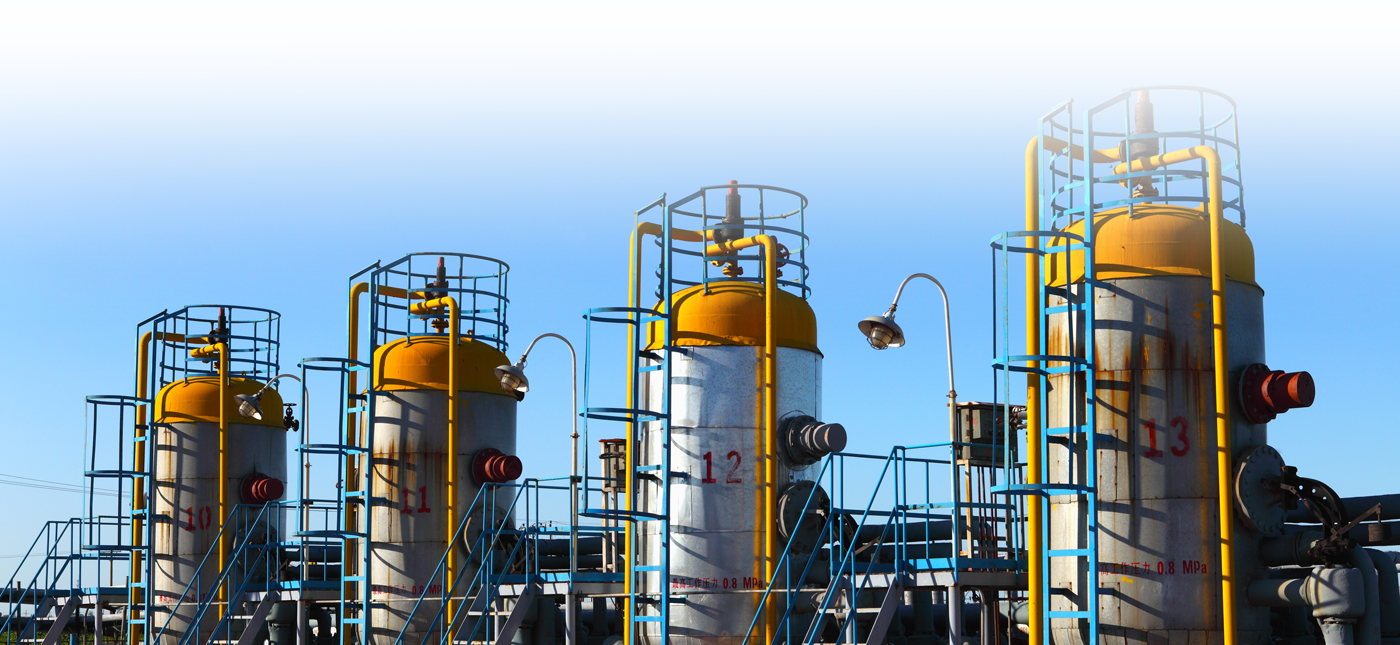Torsional Testing
Torsional Testing
Torsional vibration is oscillatory angular motion that causes twisting in shaft sections and couplings of machinery. These fluctuations are superimposed on the steady running speed. High torsional vibration can be destructive and will not usually be detected by accelerometers and proximity probes commonly used to measure lateral vibration.
Severe torsional vibration can occur with the only obvious indication of a problem being gear noise or coupling wear. Often there is no indication of a torsional resonance until a shaft fails. Common problems associated with torsional vibration problems are:
- Shaft Fatigue Failures (see photo above)
- High Gear Noise
- Accelerated Gear Wear
- Gear Tooth Failures
- Damaged Couplings
- Key Deformation
- Slippage of Coupling Hubs
- Motor Winding Loosening
Several measurement techniques are available to measure the torsional oscillations. A torsiograph is a special instrument which can be attached to the end of a shaft to measure the oscillation. It generates a signal proportional to the velocity of the shaft which can be converted to angular displacement. An encoder, attached to the end of the shaft or to a coupling, can provide instantaneous shaft velocity. Demodulation of the pulse signal will provide angular displacement at the location of the encoder. Strain gages can be attached to the shaft to obtain a direct torque measurement. A rotating telemetry system sends the signal to a stationary receiver. EDI maintains these instruments which are used often for diagnosis of torsional related failures.

Situations Requiring Torsional Measurements:
- Systems that have experienced previous torsional failures – Measurements can be used to diagnose the cause of the problems.
- Systems with high chance of variability – This could include systems with torsionally soft couplings and/or wide speed ranges or operating conditions.
- Used systems – Trains that have been modified or put into a different service such as re-staging and changing operating conditions should be re-analyzed or tested.
- Critical Systems – A critical system could be defined as one that poses unusually high risks to life, other machinery, or plant processes. This may be a prototype machine or an existing model operating at higher speeds or pressures than previously designed.
- Product development – Newly designed systems that will be mass produced should be tested at the factory.
